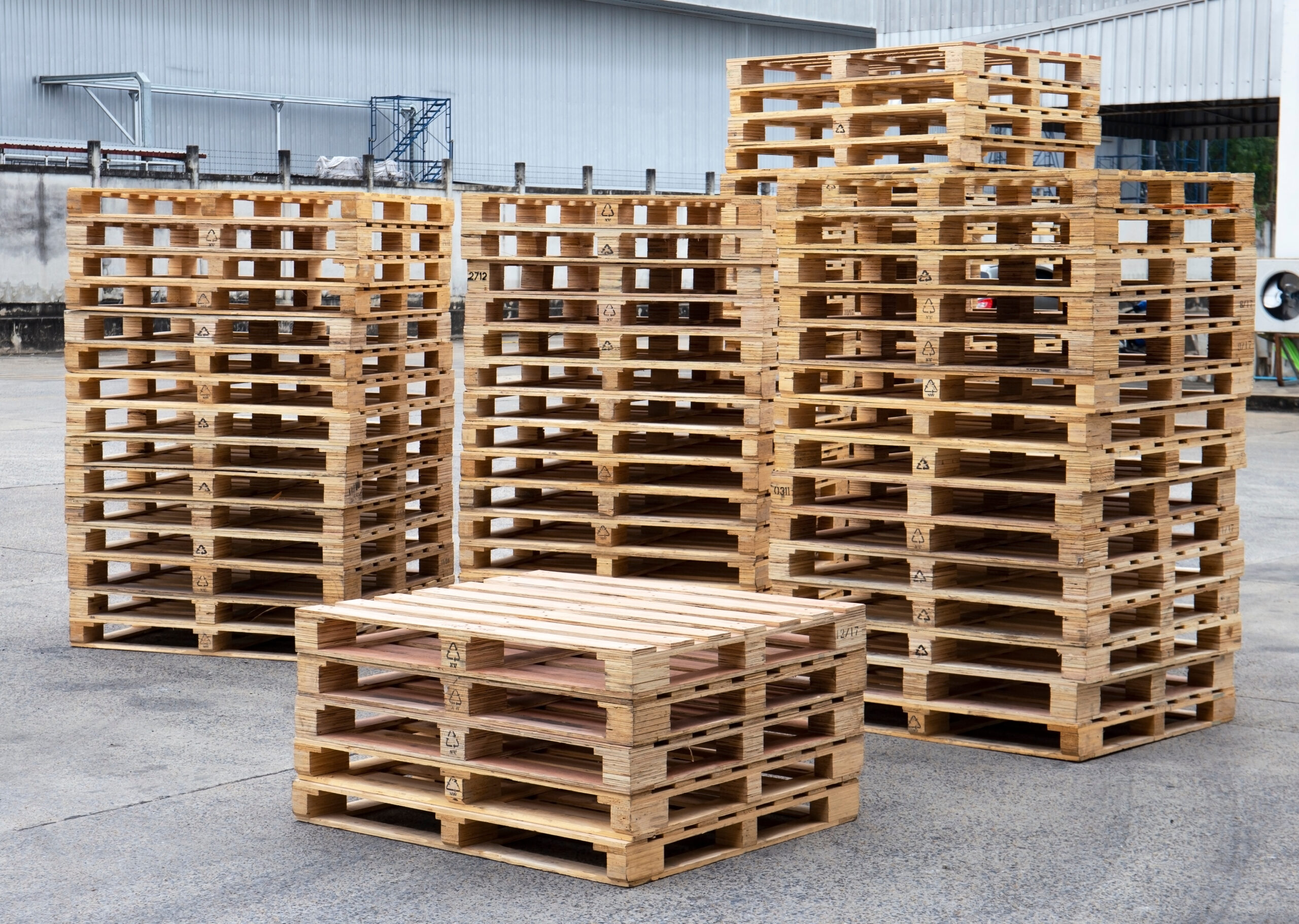When you’re using wooden pallets, it’s important to monitor their condition and look out for the presence of mold. Mold damage will compromise the structural integrity of your wooden pallets and can spread to the products they carry.
Recognizing the signs of mold in its early stages will help you maintain a healthy and efficient logistics or storage system. Here’s a look at three potential signs of mold damage on wooden pallets.
The Structure of the Wood Is Damaged and Discolored
Mold on wooden pallets often manifests as discoloration and structural damage. You might notice the wood becoming softer, which can indicate decay typically caused by fungal growth.
The discoloration can range from black to green or white patches that are unsightly and a sign that the wood is losing its robustness. This weakening can cause your pallets to break, posing risks to workplace safety and the integrity of stored items.
When buying new wood pallets for sale, it’s essential to inspect your pallets to ensure their structure is sound. You must also instruct supply chain workers to properly care for the pallets at each stage of the storage and delivery processes.
You Can See Spores on the Surface of the Wood
One of the most apparent signs of mold is the visible presence of spores on the surface of the pallets. These spores might appear as fuzzy patches or a fine powdery coating over the wood.
Spores are a clear indication that mold has begun to settle and could potentially proliferate, making swift action essential. After purchasing new wood pallets for sale, you’ll want to regularly inspect and clean them to help mitigate these issues.
The Wood Has a High Moisture Content
Wooden pallets that have high moisture content are more susceptible to mold growth. Moisture can accumulate from various sources, like humid environments, spills, or improper storage.
If the wood feels damp to the touch or shows signs of moisture, it’s crucial to dry the pallets promptly. The pallet management company you work with should check the moisture levels of your pallets to prevent mold growth and maintain the longevity of the wood.
Know the Difference Between Wood Staining and Mold
It’s important not to confuse wood staining with mold. Wood stains are typically uniform in color and do not alter the texture of the wood, whereas mold often causes a musty odor, discoloration, and a fuzzy texture.
Understanding this difference is crucial, as it influences how you manage and respond to potential mold issues. A proactive approach to pallet management can include training staff to recognize and differentiate between these signs.
Understanding the possible signs of mold damage on wooden pallets is essential for maintaining the quality and safety of both the pallets and the goods they transport. First Alliance Logistics Management’s pallet experts can address these issues and extend the life of your pallets. Visit our website or reach out to our team to learn more about our new wood pallets for sale and the services we offer.

